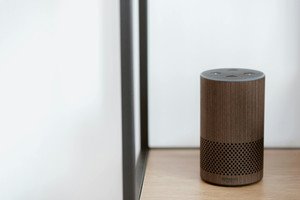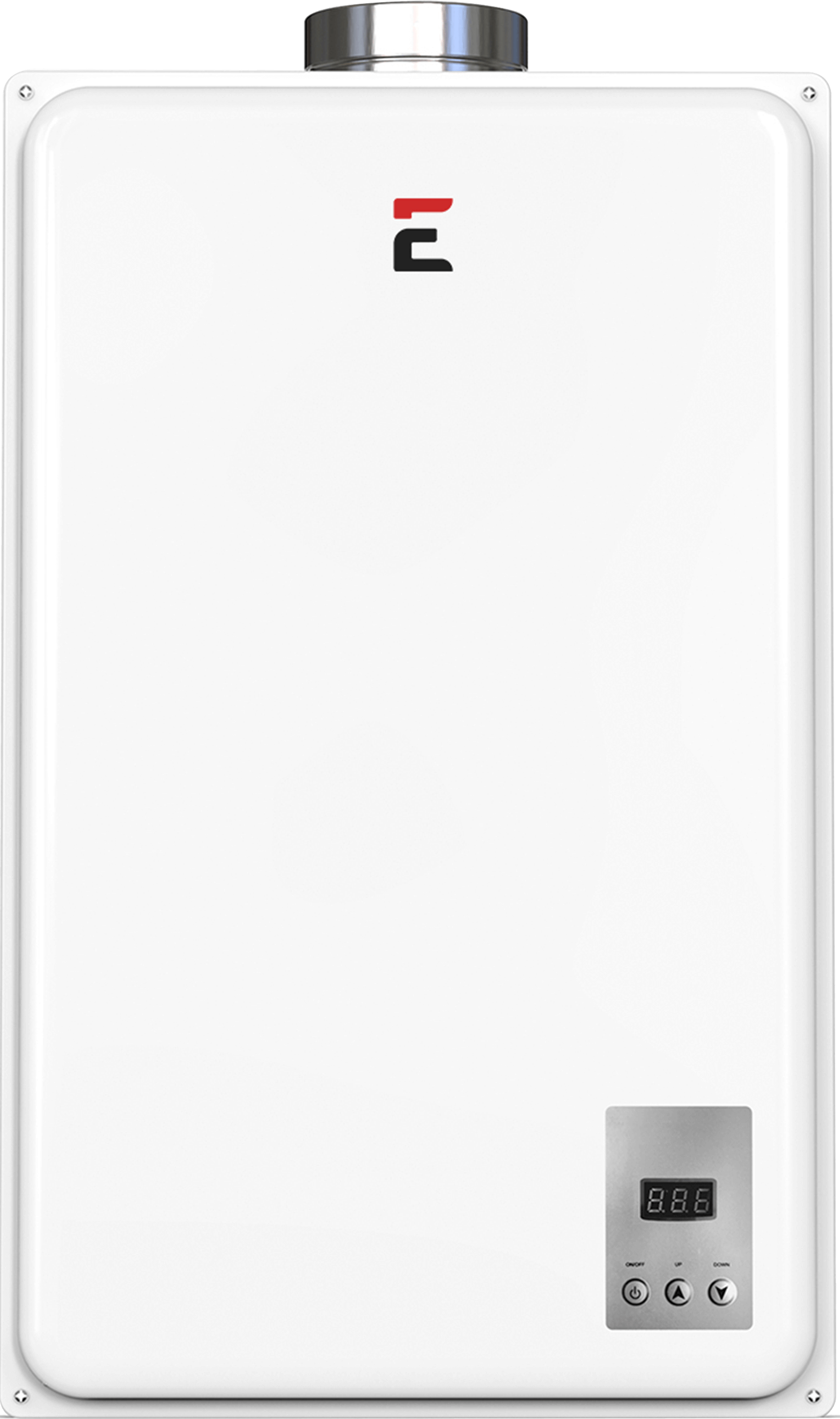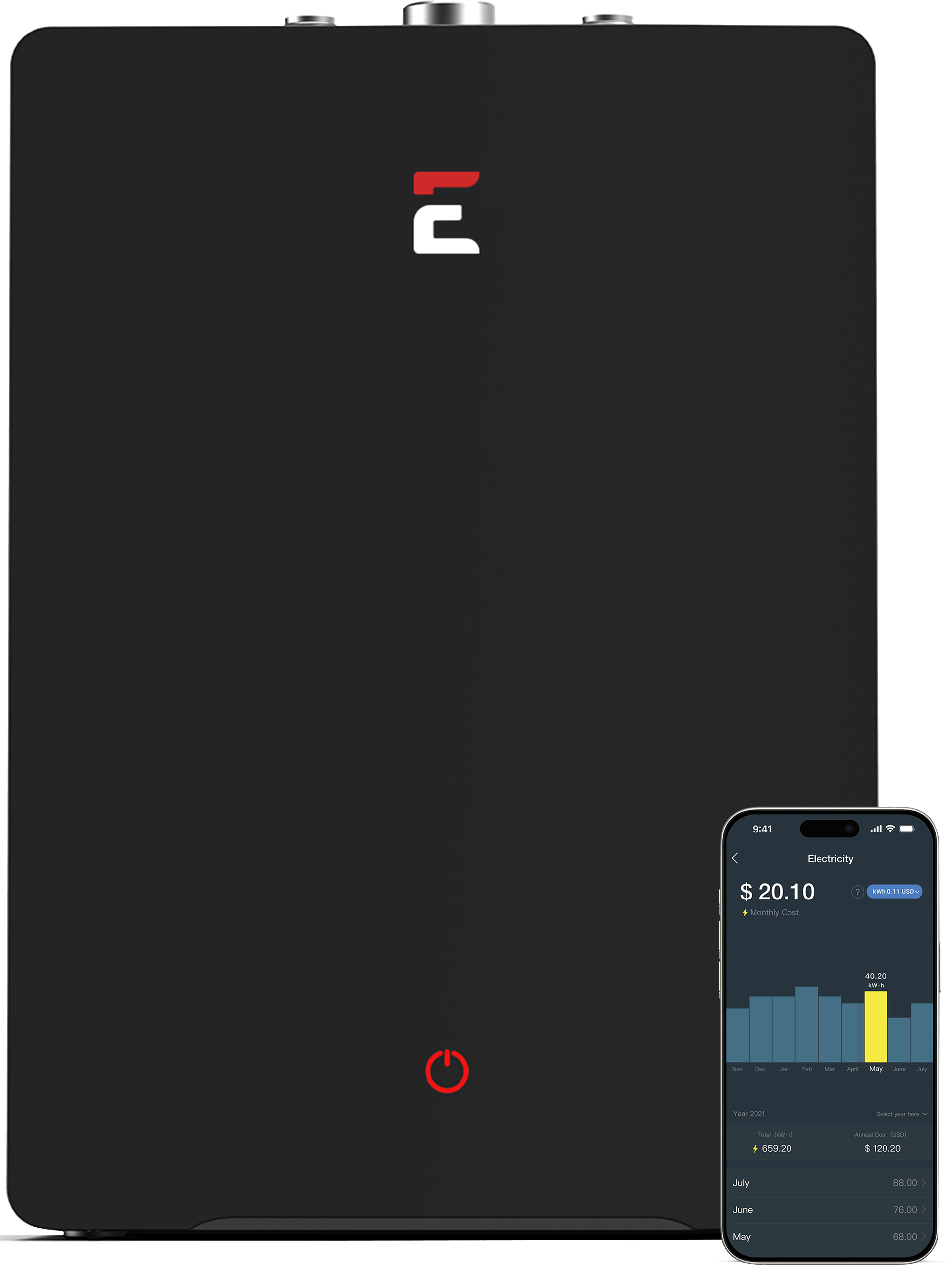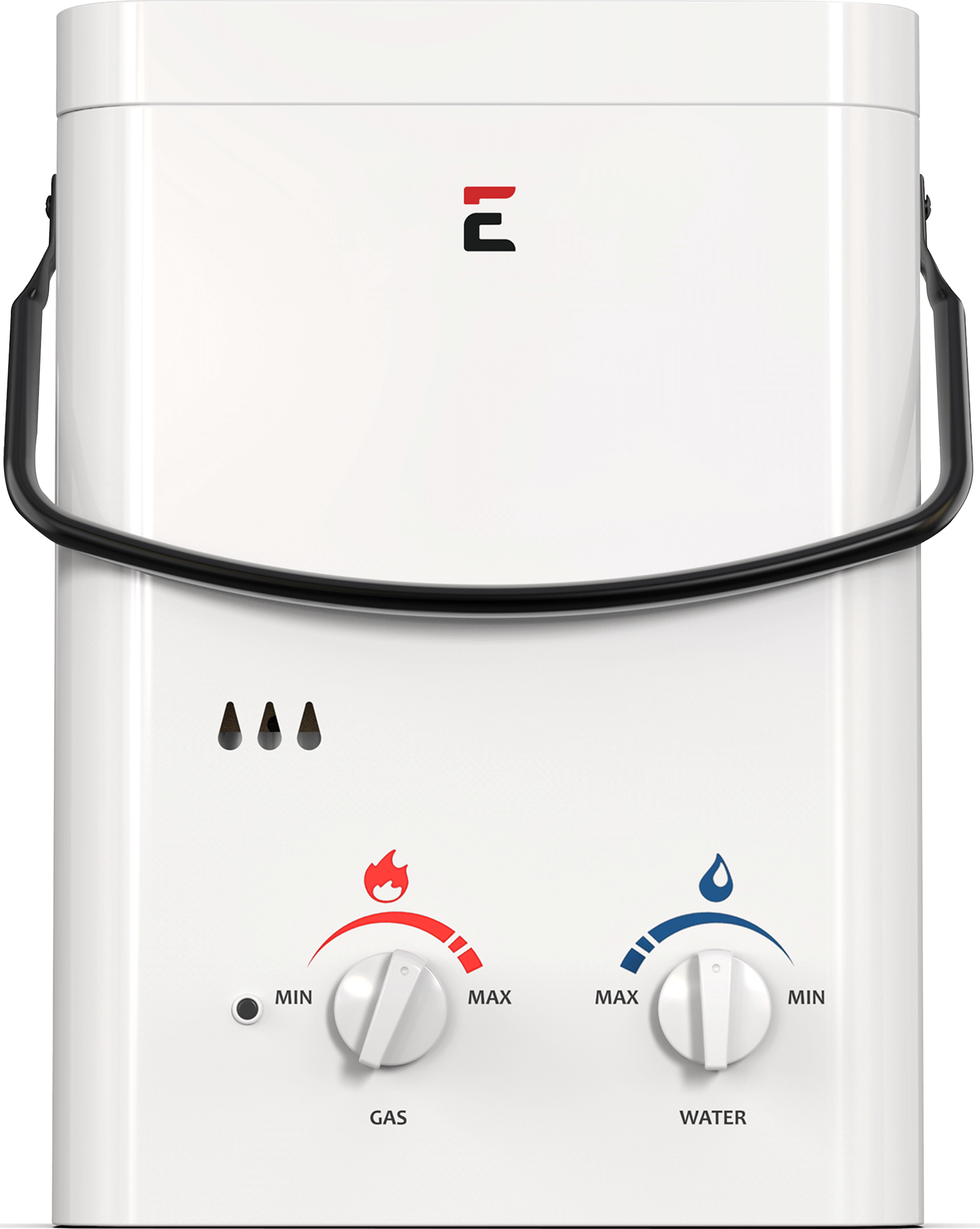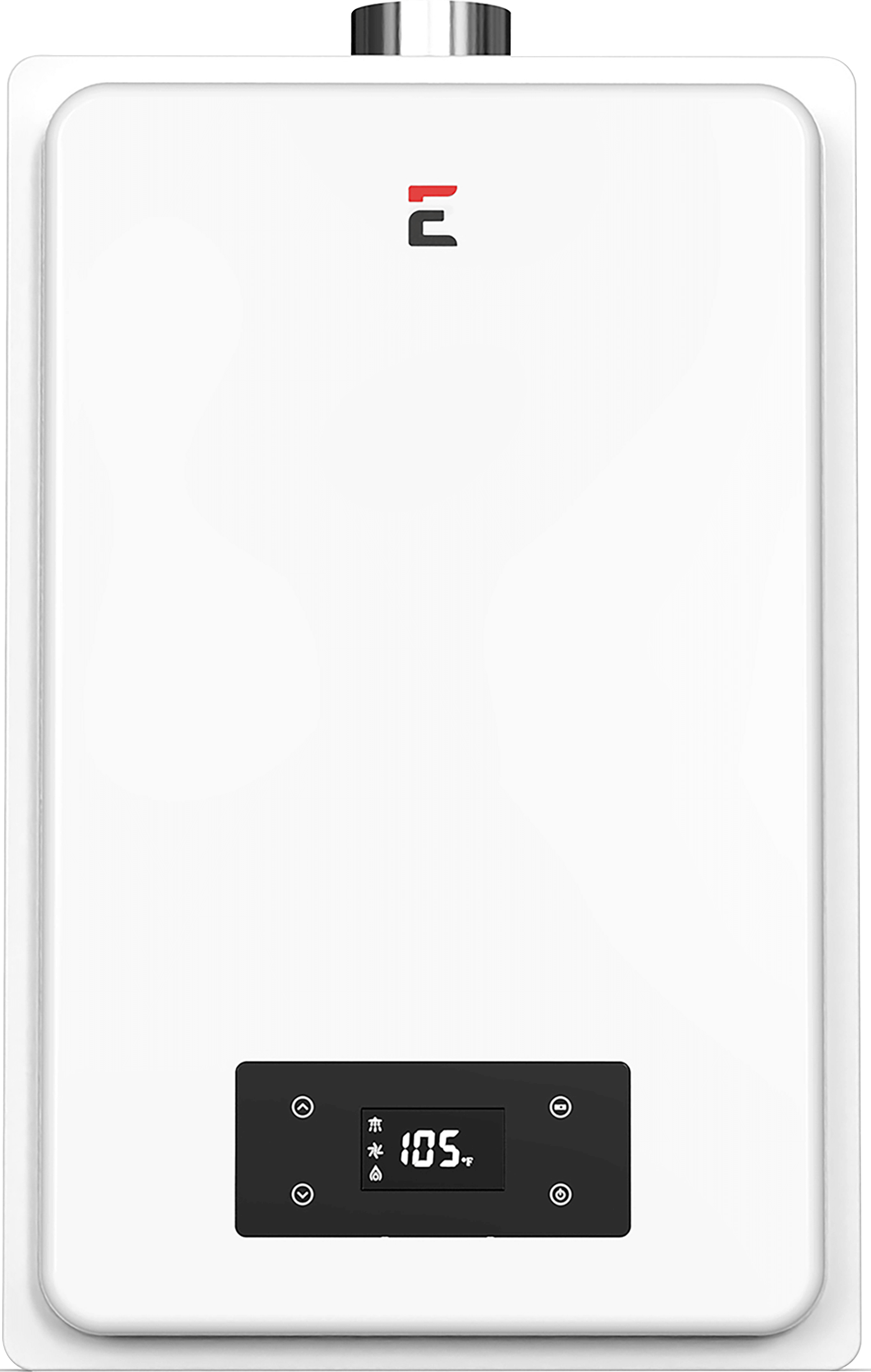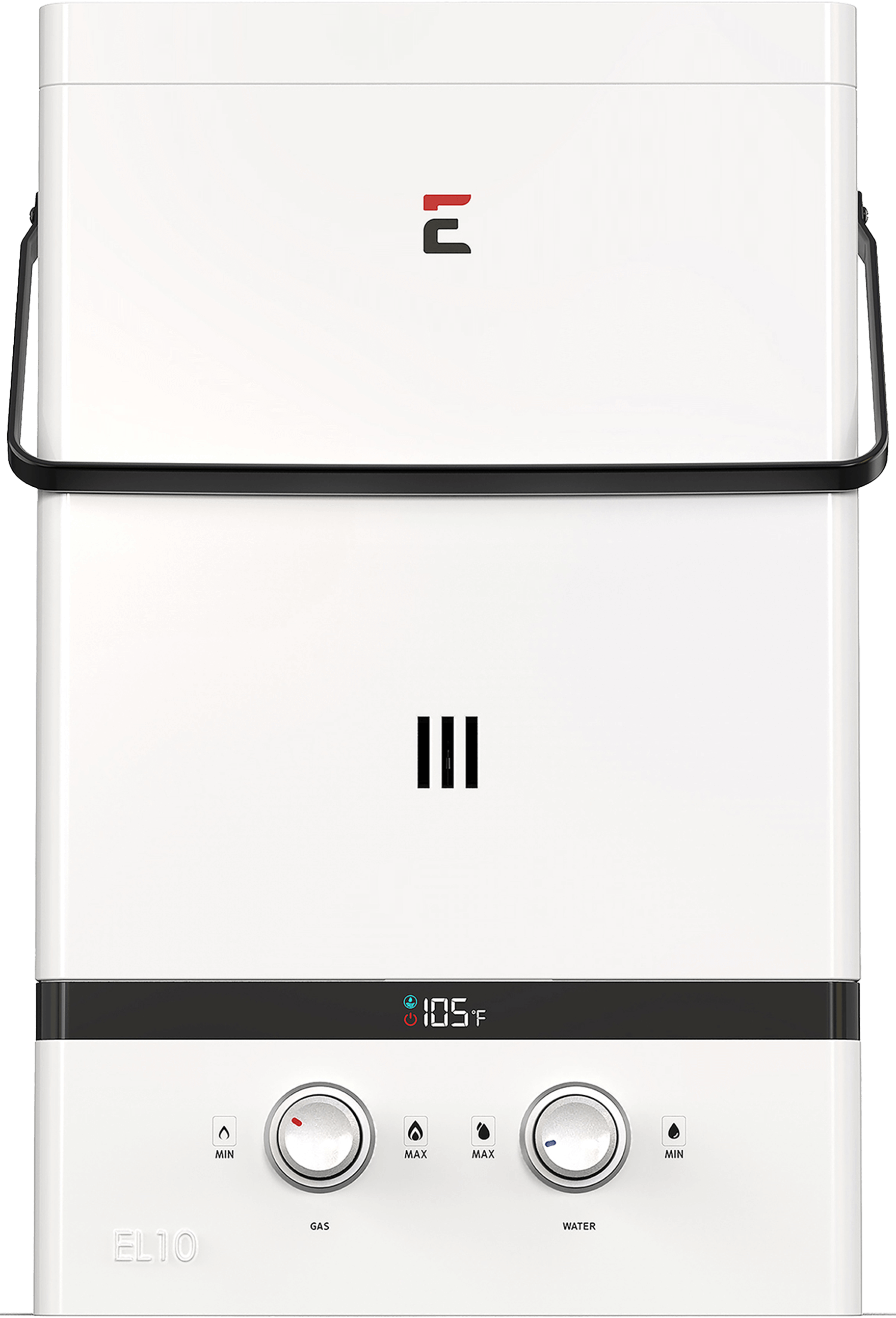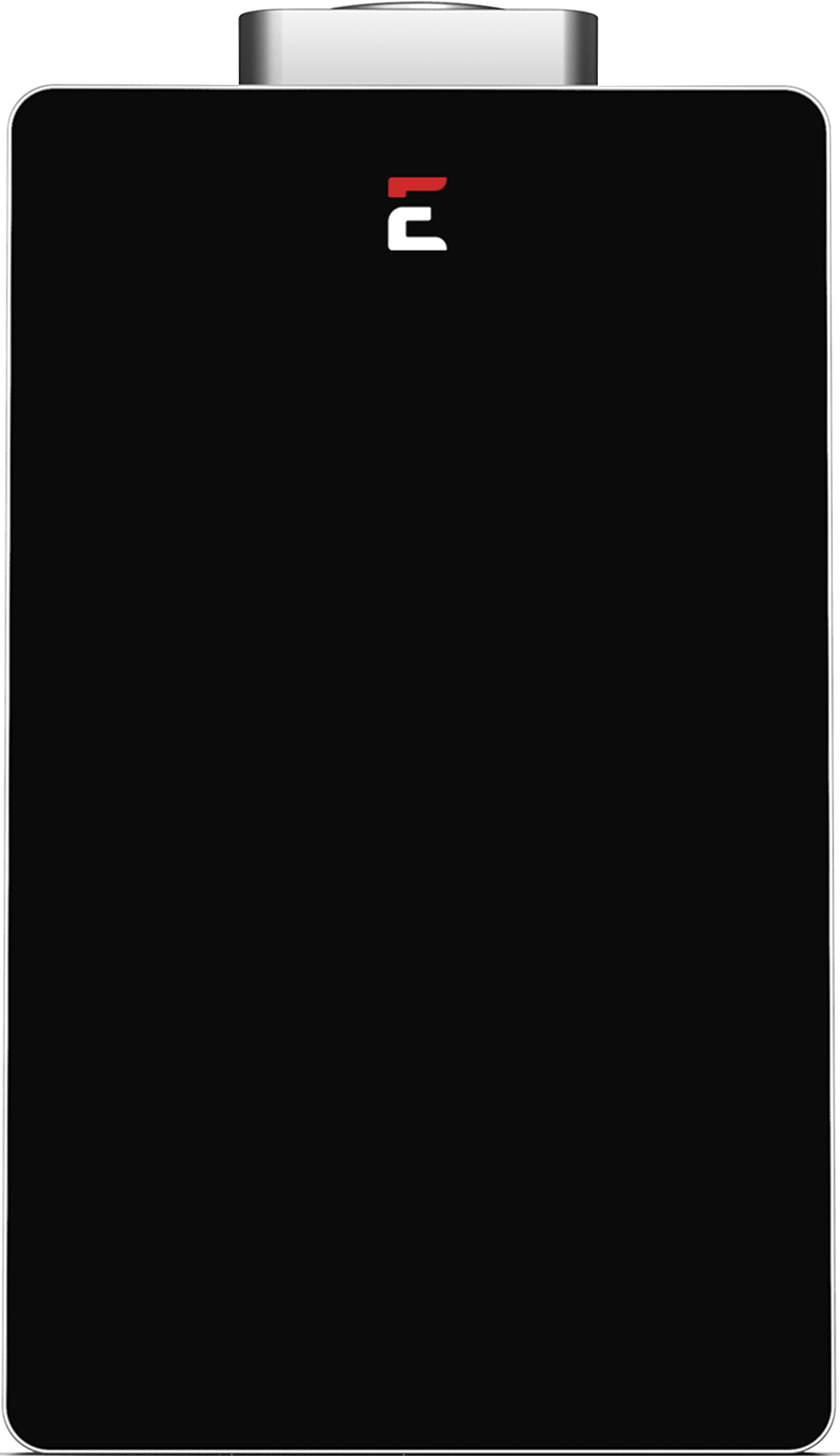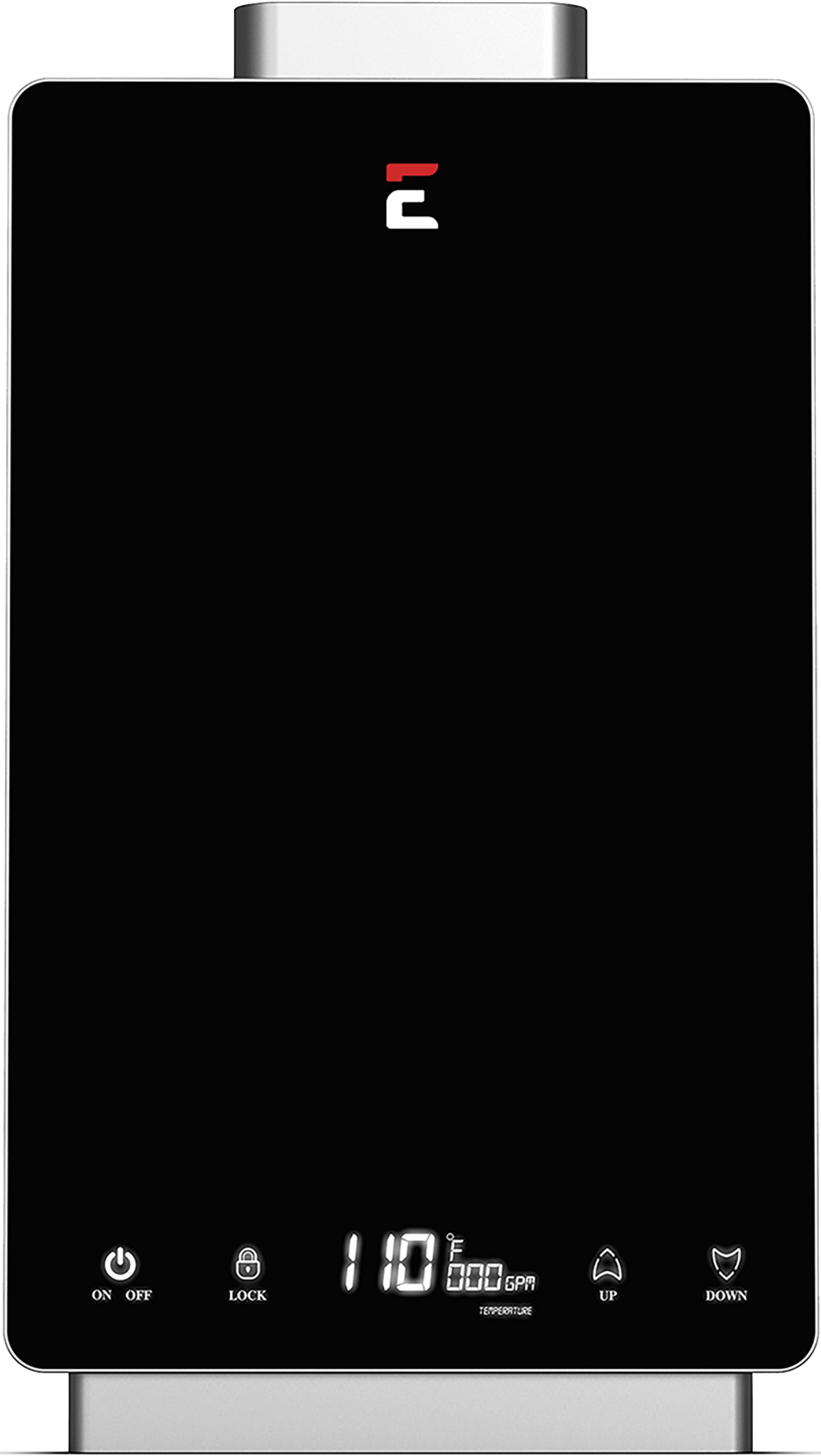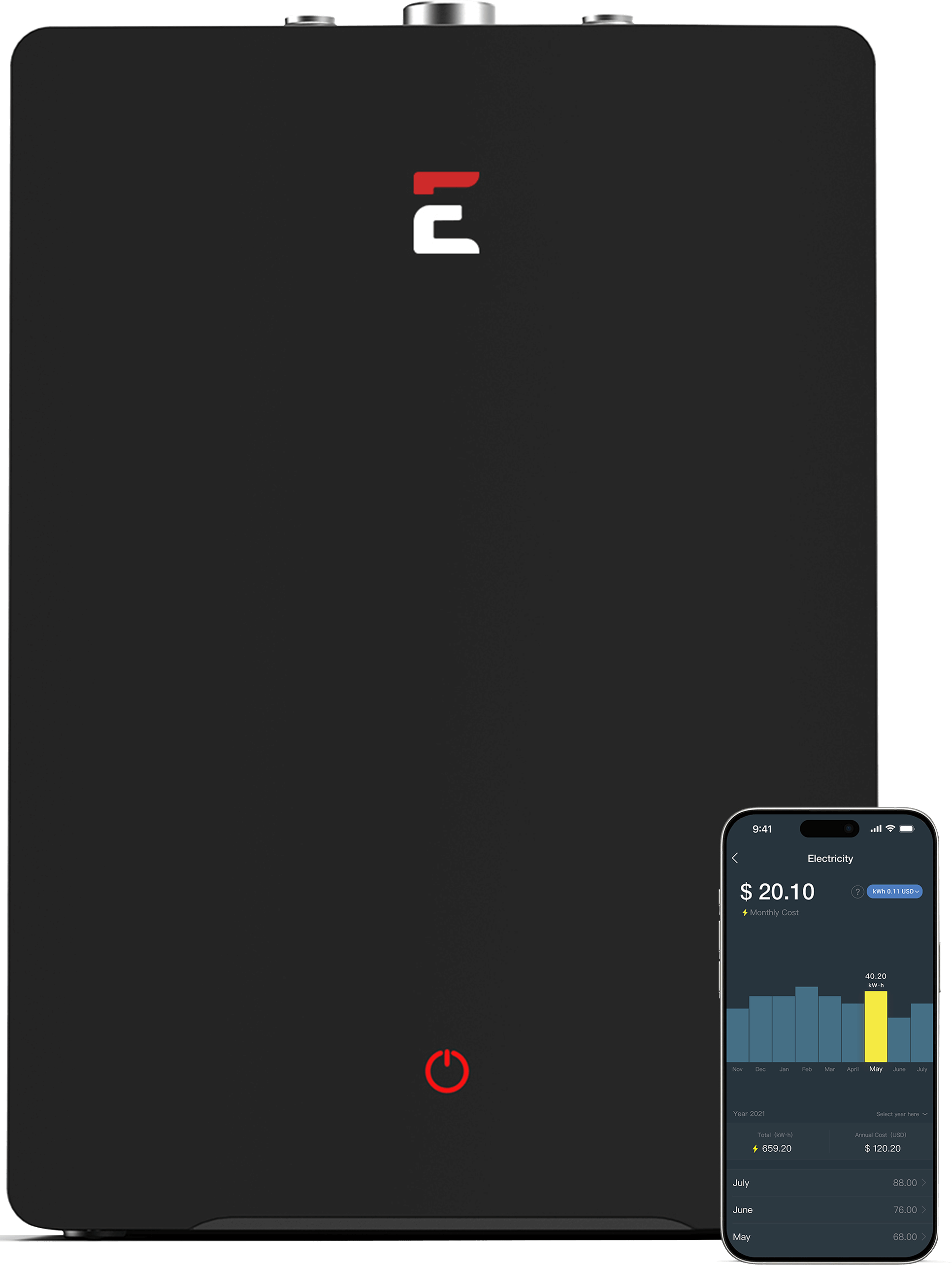How to Prep Your Tankless Water Heater for 2026: Maintenance Schedule, Upgrades & Cost Forecasts
Understanding the Importance of Preparing for 2026
Preparing a tankless water heater for the upcoming year is one of the most valuable steps homeowners can take to ensure reliable performance, energy savings, and long-term durability. As 2026 approaches, a growing emphasis on efficiency, sustainability, and proactive care is influencing how people maintain their home systems, and the same mindset applies to hot water technology. With more advanced designs, smarter features, and stronger expectations for consistent performance, a well-prepared homeowner is better positioned to enjoy year-round comfort while avoiding unexpected breakdowns or costly repairs. Entering 2026 with a solid care plan is especially important because seasonal changes, environmental factors, and usage patterns continue to affect how well a tankless water heater performs. Whether you live in a cold region where winter stress tests heating technology or a humid environment where water quality constantly fluctuates, establishing the right rhythm of maintenance supports smoother operation throughout every season of the year.
Why Tankless Water Heater Maintenance in 2026 Matters
Tankless water heater maintenance in 2026 now includes more than simple cleaning or visual inspection because newer designs are smarter, more responsive, and more sensitive to how they are treated. A modern tankless water heater appliance offers consistent water flow and precision heating, but like all mechanical and digital technologies, it performs best when kept in optimal condition. That means flushing at the correct intervals, understanding how minerals affect system performance, inspecting gas or electrical components with care, evaluating digital settings, and ensuring that airflow and exhaust pathways stay clear and efficient. This level of attention helps homeowners protect their investment and also improves efficiency, making it easier to keep utility costs low even as energy rates fluctuate.
The Role of Flushing and Water Quality in a 2026 Water Heater Checkup
The foundation of any 2026 water heater checkup is regular flushing because mineral accumulation continues to be one of the most common issues affecting performance. Hard water affects every home differently, depending on the region, and the amount of calcium and magnesium in a water supply can significantly influence how quickly buildup occurs. Over time, minerals can restrict internal flow, reduce heating accuracy, and cause strain on components that should remain clean and unobstructed. Performing a full flush each year, and sometimes twice a year in high-mineral areas, helps the system maintain a smooth water passage and consistent temperature delivery. As environmental changes continue to influence water composition across many regions, adding flushing to a seasonal maintenance plan has become even more important heading into 2026.
Inspecting Filters and Internal Pathways for Optimal Performance
For homeowners who want to enhance their tankless water heater maintenance in 2026, checking the inlet screen and internal filters is another essential step. These filters catch sediment that would otherwise enter the internal heating pathway, and during a full checkup, many homeowners discover that even slight debris accumulation can restrict overall flow. Regular inspection and cleaning ensure that the system continues to operate with balanced pressure and avoid unnecessary wear. Keeping these areas clear makes it easier for the appliance to maintain consistent temperatures without strain, reducing the risk of unexpected shutdowns or error codes. Since many 2026 models will include improved sensor diagnostics, maintaining clean filters allows these smart features to perform with greater precision.
Ensuring Proper Airflow and Ventilation for Gas Systems
Beyond routine flushing and filter care, homeowners preparing for the new year should also examine the combustion area and ventilation pathway if the system is powered by gas. Ensuring that air intake and exhaust pipes remain clear is essential because even minor obstructions can impact burner efficiency and heating accuracy. As environmental elements like leaves, dust, and insects become more common during seasonal transitions, this area benefits from a thorough assessment at least once a year. A 2026 water heater checkup should therefore include a careful look at outdoor vents, ensuring they are unobstructed and structurally sound. This is especially important after heavy storms or seasonal shifts that introduce debris around the home exterior.
Electrical System Checks for 2026 Readiness
Electrical systems deserve equal attention. For electric tankless heaters, inspecting connections, checking for secure wiring, and confirming that breakers and electrical pathways are functioning correctly helps prevent issues caused by fluctuating demand during cold months or heavy usage periods. Because many modern homes now feature an increasing number of energy-intensive devices, ensuring that a tankless water heater receives stable electrical support is essential for 2026 readiness. A stable power source promotes consistent heating and extends internal component life, making the annual checkup a critical investment in long-term reliability.
Evaluating Household Water Pressure Before the New Year
As 2026 approaches, it is also important to evaluate water pressure levels within the home because both excessively high and unusually low pressure can affect tankless performance. When pressure is too high, internal components may experience unnecessary stress, leading to wear that reduces efficiency. When pressure is too low, homeowners may notice inconsistent temperature output, especially when multiple fixtures are running simultaneously. Checking water pressure as part of an annual maintenance routine ensures that the system continues to operate within its intended range. Adjustments or corrective measures can be introduced early, allowing the system to support the household's needs more sustainably.
Improving Water Quality for Better Efficiency
In addition to hands-on care, water quality plays a central role in a successful maintenance plan. Installing or upgrading a water softener, descaler, or filtration system can significantly reduce mineral damage and extend the performance lifespan of the heater. As more homeowners prioritize environmentally conscious living in 2026, these enhancements are becoming more common because they not only protect the appliance but also improve the overall quality of water used for bathing, cooking, and cleaning. A strong filtration system reduces maintenance frequency and optimizes heating performance, resulting in consistent comfort and energy savings year-round.
The Rise of Smart Monitoring and Diagnostics in 2026
Smart technology is also shaping how homeowners approach tankless water heater maintenance in 2026. With more systems now offering app-based monitoring, digital diagnostics, and self-alert features, it has become easier to stay informed about performance and upcoming maintenance needs. Remote monitoring can notify homeowners when temperatures fluctuate, when demand increases, or when sensors detect early signs of mineral presence. These features encourage proactive rather than reactive care, reducing the likelihood of emergency repairs and offering peace of mind as households enter a new year. For many families, the integration of smart tools is an attractive option that streamlines maintenance and elevates the overall user experience.
Upgrades to Consider for 2026
Looking toward 2026, upgrades are becoming a key part of seasonal preparation. Many homeowners take advantage of the new year to evaluate whether their system could benefit from updated components such as enhanced flow sensors, anti-scale accessories, modern digital displays, or smart home integrations. These upgrades often boost energy efficiency and refine temperature accuracy, giving families greater control over comfort settings. Some homeowners choose to enhance their installation with improved insulation or weather-resistant materials, especially in regions where winter temperatures can affect outdoor installations. Because environmental factors evolve each year, focusing on preventive upgrades ensures that the system remains resilient and able to adapt to changing conditions.
Cost Forecasts for Tankless Water Heater Care in 2026
Cost forecasts are an important piece of planning for tankless water heater maintenance in 2026 because pricing for professional service, replacement parts, and upgrades can fluctuate with market conditions. Homeowners can expect annual maintenance costs to rise slightly due to increased demand for skilled labor and the growth of advanced sensor-based technology. A typical professional inspection and flush may cost more in 2026 than in previous years, but the investment is worthwhile because it reduces long-term repair expenses and helps ensure uninterrupted performance. When budgeting for the new year, homeowners should factor in potential costs for descaling kits, filter replacements, minor component upgrades, and optional enhancements like smart monitoring accessories.
Seasonal Timing and How It Affects Performance
Seasonal changes also play a significant role in how a tankless water heater performs, and understanding these cycles supports a healthier system throughout the year. In cold weather, heating demand increases and incoming water temperature drops, which forces the system to work harder to maintain consistent warmth. By preparing the system before winter, homeowners reduce strain and ensure smooth performance during peak usage periods. In warmer months, the emphasis shifts toward descaling, cleaning, and evaluating overall efficiency. This year-round rhythm reinforces the evergreen value of a strong maintenance plan and ensures that every season contributes to the longevity of the system.
Checking the Installation Environment for 2026 Stability
Proactive homeowners preparing for 2026 should also revisit their installation environment. Ensuring that the surrounding area is clean, well-ventilated, and free from dust or debris helps maintain airflow and supports accurate heating. Outdoor installations benefit from weatherproofing measures such as protective enclosures, insulation wraps, and routine exterior inspections. Indoor installations may require seasonal adjustments to surrounding storage, especially in tight spaces where airflow can become restricted. By giving extra care to the installation environment, homeowners reinforce the stability and performance of their system.
Reviewing Temperature Settings for Seasonal Efficiency
A comprehensive 2026 water heater checkup also includes reviewing temperature settings and adjusting them according to seasonal needs. During winter, some homeowners prefer slightly higher temperature output to accommodate colder incoming water, while summer months may allow for more moderate settings that enhance energy savings. Reviewing these settings each season aligns with eco-friendly practices and ensures that households remain comfortable without unnecessary energy consumption. Smart monitoring systems make this process even easier, offering app-based suggestions or alerting homeowners when temperature adjustments could improve overall efficiency.
The Value of Professional Inspections Heading Into 2026
For homeowners who have not scheduled a professional inspection in the last year, 2026 is the ideal time to do so because expert technicians can evaluate internal components that are not typically accessible during at-home maintenance. A thorough professional check ensures that burners, heating elements, sensors, wiring, and safety systems are functioning exactly as intended. With more advanced designs heading into 2026, professional care supports peak performance and offers early detection of issues that may not be visible to the homeowner. Combining professional service with consistent at-home maintenance creates the strongest possible foundation for longevity and reliability.
Entering 2026 with Confidence and a Strong Maintenance Plan
Ultimately, preparing a tankless water heater for 2026 revolves around consistency, awareness, and proactive care. Homeowners who embrace a seasonal approach enjoy smoother year-round operation, improved energy efficiency, and greater peace of mind. With rising interest in sustainability and long-term planning, maintaining a tankless water heater has become more than a quick annual task, it has become an investment in comfort, environmental responsibility, and modern living. As life continues to grow more fast-paced, a reliable hot water system becomes an essential part of the home, and its care should reflect that importance. As you look ahead to the new year, taking the time to plan, inspect, maintain, and upgrade your tankless water heater ensures that you are prepared for the demands of 2026. With the right approach, your home stays comfortable, your energy use stays efficient, and your system remains resilient across every season.
Frequently Asked Questions (FAQ)
What is the ideal maintenance schedule for a tankless water heater in 2026?
The ideal maintenance schedule for a tankless water heater in 2026 typically includes a full inspection and flushing once every twelve months, although homes with high mineral levels may benefit from flushing twice per year. Seasonal checks are also recommended to ensure that vents, filters, and heating pathways remain clean and unrestricted. As smart monitoring features become more advanced in 2026, many homeowners will also receive digital reminders that indicate when specific care tasks should be completed.
How can I tell if my tankless water heater needs a checkup?
You can tell that your tankless water heater needs a checkup when you notice inconsistent temperatures, reduced water flow, delayed heating, unusual noise during operation, visible error codes, or signs of mineral accumulation. Even if these symptoms do not appear, a scheduled 2026 water heater checkup remains essential because many performance issues develop gradually and may not show immediate signs. Early inspection and care help prevent unexpected interruptions and extend overall lifespan.
Are upgrades necessary for preparing my tankless water heater for 2026?
Upgrades are not required, but they are highly beneficial for improving efficiency, reliability, and overall performance heading into 2026. Many homeowners choose enhancements such as smart monitoring accessories, descaling systems, improved filtration, updated flow sensors, or digital display features that allow for more precise control. These upgrades support better energy management and help align with the growing emphasis on sustainability and smart home readiness.
What factors influence the cost of maintenance in 2026?
Several factors influence the cost of tankless water heater maintenance in 2026, including local labor rates, the complexity of the installation, the need for descaling or component replacements, and whether homeowners choose optional upgrades. Smart home features and advanced diagnostics may slightly increase service pricing, but they also reduce long-term repair risks. Preparing early and scheduling service before peak season helps homeowners secure better availability and more predictable maintenance costs.
Does water quality affect tankless water heater maintenance in 2026?
Water quality is one of the strongest factors affecting tankless water heater maintenance in 2026 because mineral levels directly influence how often descaling and flushing are needed. Homes with hard water experience faster buildup, which can affect heating performance if not addressed regularly. Investing in a water softener or filtration system reduces sediment accumulation, enhances long-term efficiency, and ensures that a tankless water heater operates smoothly throughout every season of the year.
 Weekly Deals
Weekly Deals
 Water Heaters
Water Heaters
 Accessories
Accessories
 Installation
Installation
 Parts
Parts
 Protection Plans
Protection Plans
 Final Sale
Final Sale






